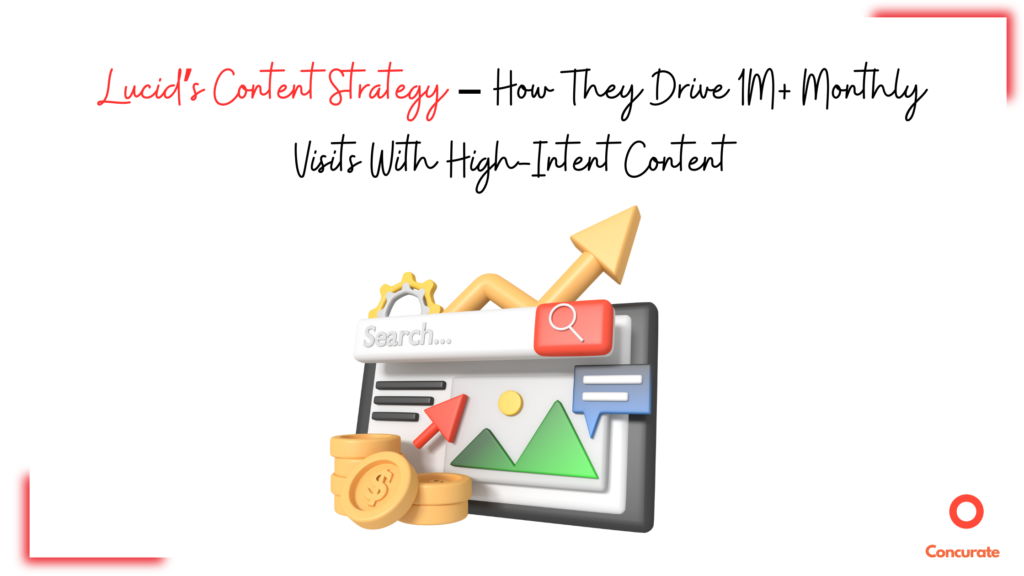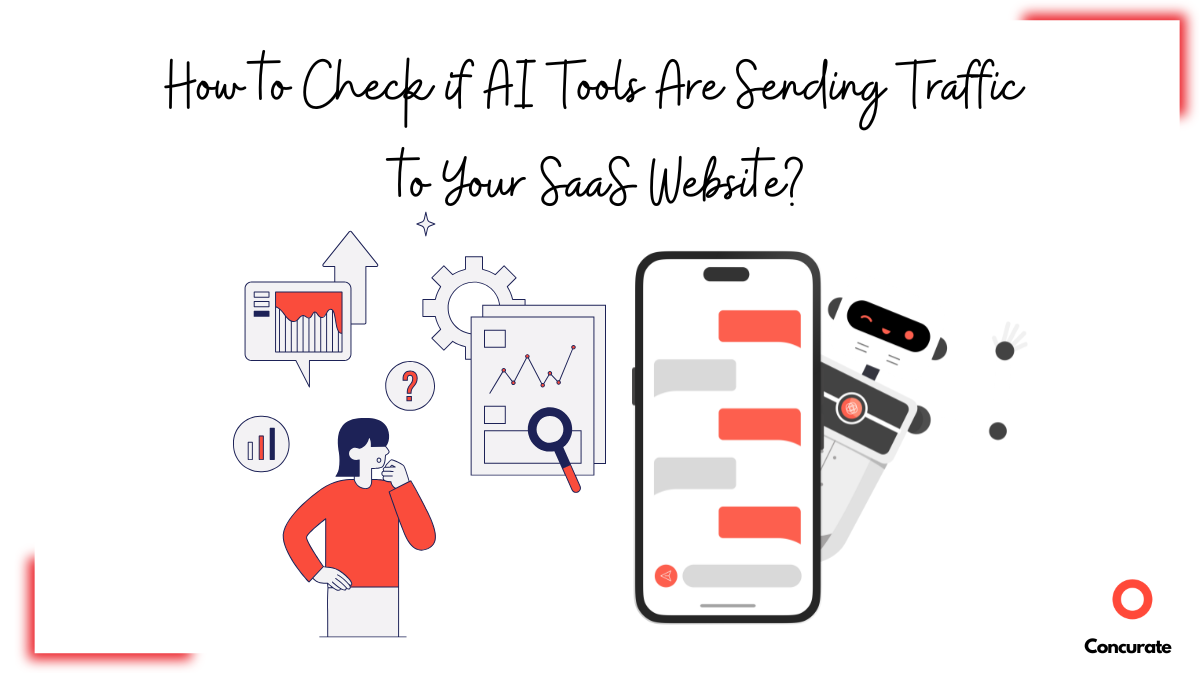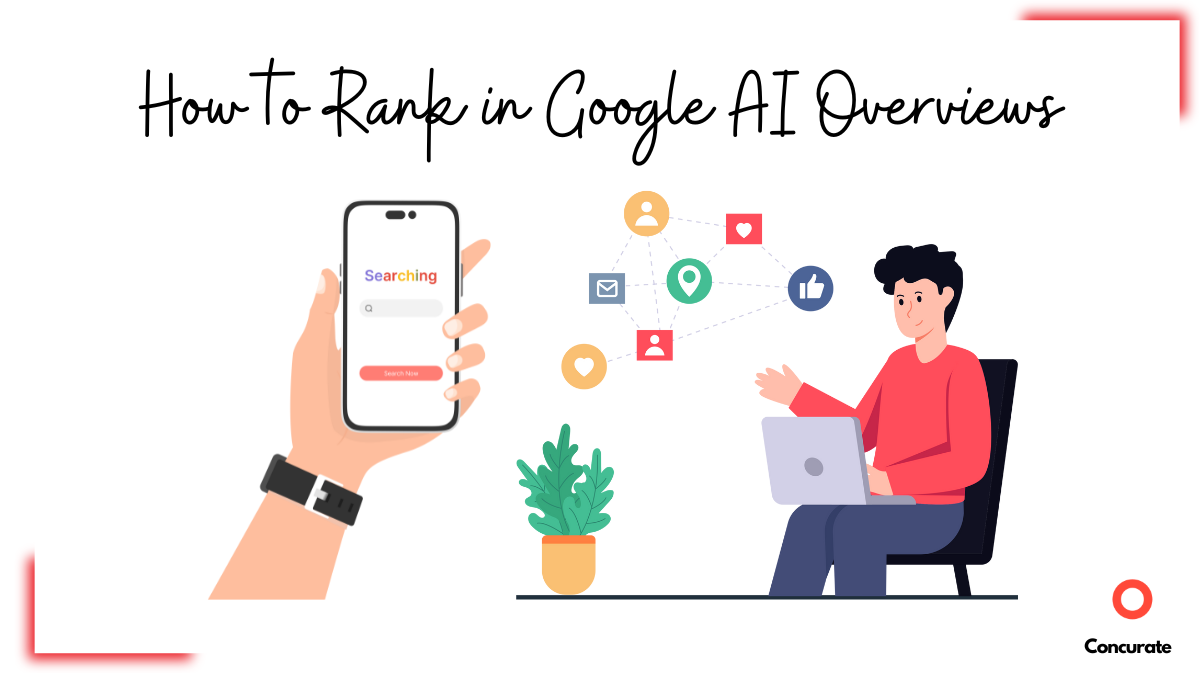Most content strategies fail because they focus too much on traffic and not enough on conversion.
Lucid takes a different approach. Their content doesn’t just attract visitors. It guides them into the product. Every piece is designed to educate, engage, and convert.
They know that users searching for “AI diagram generator”, “business process mapping template”, or “Lucid vs. Visio” are not just looking for information. They are actively looking for solutions. Lucid ensures they don’t just read about the solution—they experience it inside the product.
If you’re building a SaaS content strategy and want to turn readers into users, this breakdown is for you. We’ll analyze how Lucid structures its content and how you can apply the same strategy in a way that drives real business growth.
What’s Driving Lucid’s Organic Success?
Lucid’s content is not just about traffic. It is built to guide users into the product. Every page has a clear next step.
1️. Help Center Pages That Act as Organic Growth Engines
Lucid’s help center is a major traffic driver. It ranks for how-to searches and AI-related queries.
Their AI Diagram Generator Help Page ranks well for searches like “AI diagram generator”. The page is not just an FAQ. It is structured to:
- Answer high-intent queries with clear instructions
- Guide users through a step-by-step setup
- Encourage trial users to explore Lucid’s AI features
Lucid turns problem-solving pages into conversion points. Instead of just answering a question, they introduce users to a powerful feature.
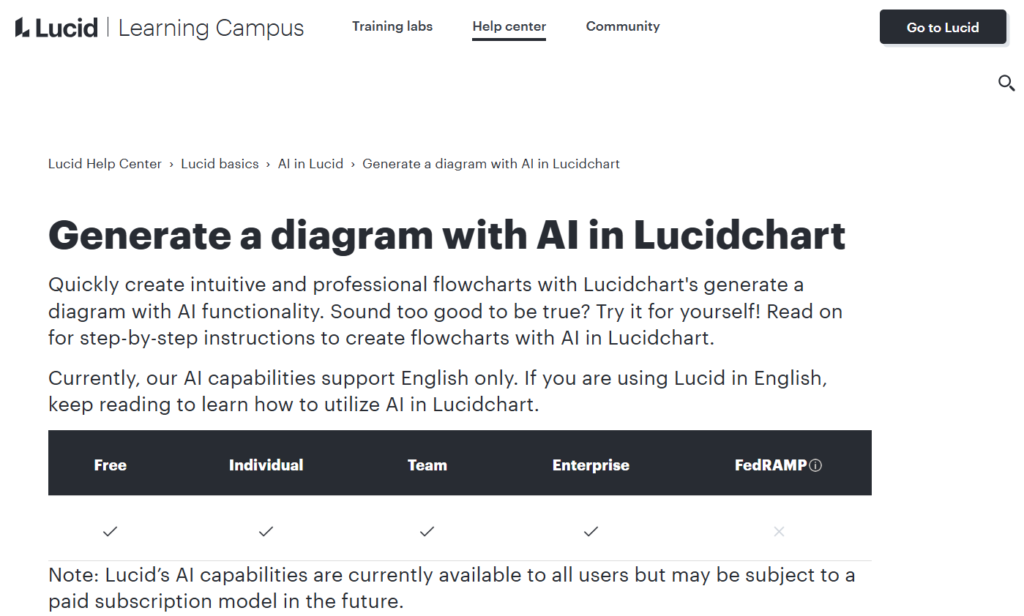
Source: Lucid
What to Implement:
- Build a help center with SEO in mind. Target how-to searches related to your product.
- Make support articles product-led. Show users how to solve problems inside your tool.
- Include CTAs in help articles. Guide users toward trying features, not just reading answers.
Want to build a help center that fuels growth? Read our guide on how to structure SaaS content to generate leads, signups, and branding.
2️. Interactive Landing Pages That Drive Product Adoption
Many SaaS companies create landing pages that act like brochures. Lucid takes a different approach. Their pages are interactive, engaging, and designed to move users forward.
Their Visual Collaboration page does more than just explain what visual collaboration is. It:
- Uses engaging visuals to demonstrate workflows
- Links directly to Lucid’s product for real-time collaboration
- Encourages users to try Lucid’s tools instantly
Users searching for “visual collaboration tools” don’t want a history lesson. They want to see the product in action. Lucid ensures their landing pages lead users straight into an interactive experience.
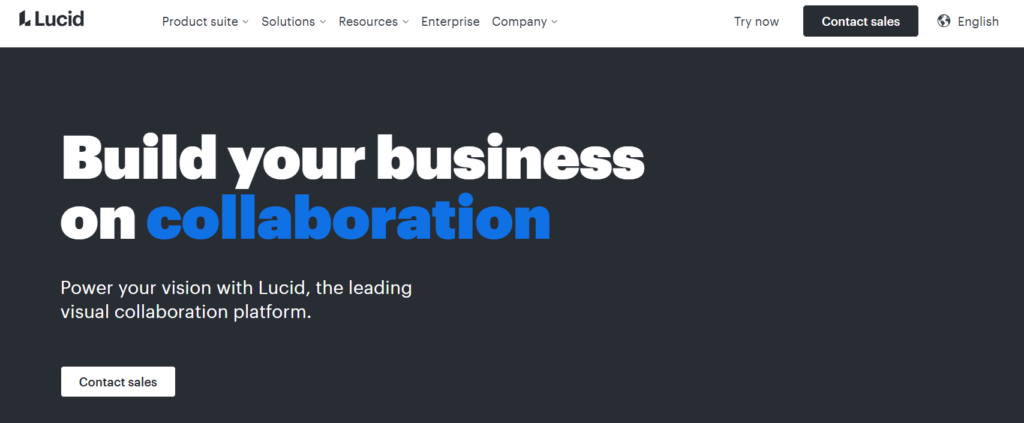
Source: Lucid
What to Implement:
- Turn feature pages into interactive experiences. Show, don’t just tell.
- Use engaging visuals, real templates, and product demos.
- Make sure every landing page has a clear next step.
Looking to optimize your landing pages? Learn how SaaS companies can improve their website homepage structure.
3️. Templates That Solve Specific Industry Problems
Lucid doesn’t just offer generic templates. They create highly targeted, industry-specific templates that match exact user needs.
For example, their Innovation Idea Management Template ranks well because it is directly tied to high-intent searches.
This template page works because it:
- Provides a ready-to-use business process mapping template
- Explains why structured workflows matter in innovation
- Encourages users to start using Lucid instantly
Instead of just talking about workflows, Lucid lets users experience them immediately.
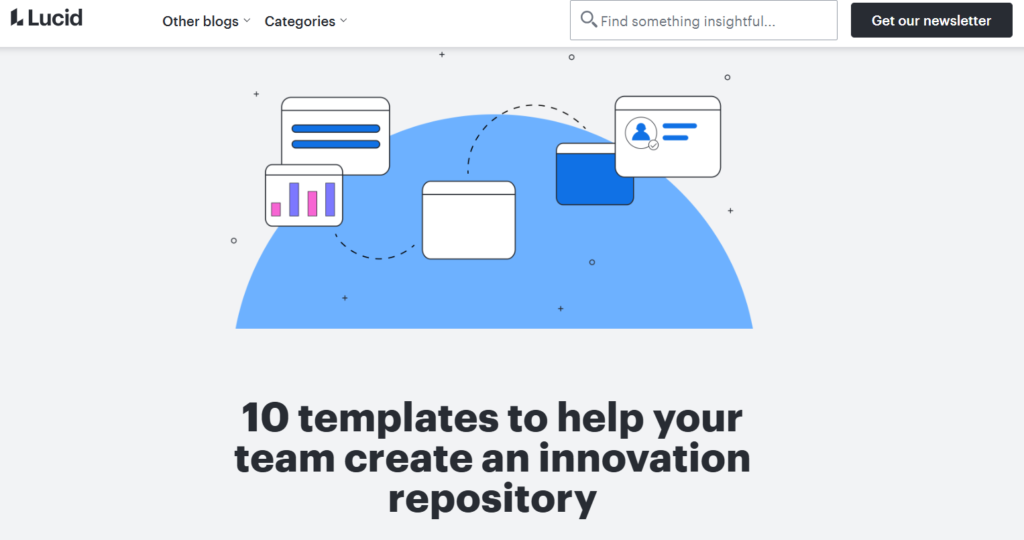
Source: Lucid
What to Implement:
- Create templates that match specific industries and use cases.
- Optimize template pages for search intent.
- Ensure templates are easily accessible and lead users into your tool.
Want to create high-intent templates that convert? See how programmatic SEO can help SaaS companies rank for thousands of relevant keywords.
4️. Comparison Pages That Capture Competitor Search Traffic
Lucid doesn’t just rank for its own features. It also ranks for alternative-based searches.
Their Lucid vs. Visio Comparison page is structured to:
- Attract users looking to switch from Visio
- Provide a clear, side-by-side feature comparison
- Highlight Lucid’s advantages with testimonials and real use cases
Users searching “Lucid vs. Visio” are already considering a switch. Lucid meets them at the decision stage and ensures they don’t leave the site without seeing why Lucid is the better option.
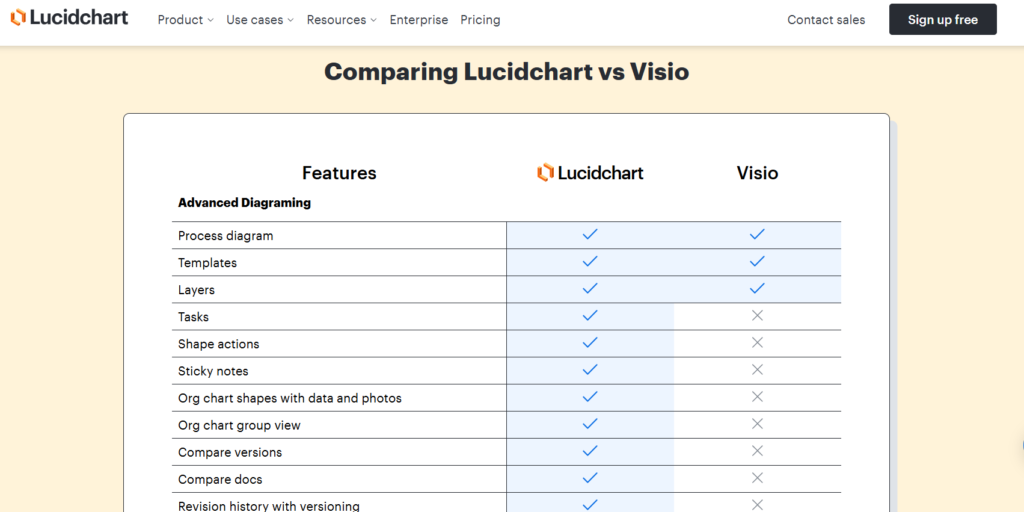
Source: Lucid
What to Implement:
- Create competitor comparison pages. Address “vs.” and “alternative” searches.
- Make the comparisons honest and data-driven. Highlight real advantages.
- Use social proof and user testimonials to reinforce trust.
Want to learn how SaaS companies optimize comparison pages? Check out our teardown of top free project management software articles.
How to Apply Lucid’s Content Strategy to Your Business
Lucid’s content is not just about attracting traffic. It is about moving users forward. Every piece—whether a help article, landing page, or template—is designed to connect users to the product.
Their help center is a silent growth engine. Their landing pages act as onboarding funnels. Their templates convert users instantly. Their comparison pages bring in users already looking for a switch.
Most SaaS companies fail at content because they don’t align it with product usage. Lucid’s approach works because every page has a purpose beyond just ranking on Google.
If your content is not turning visitors into users, you are missing out on growth.
At Concurate, we help SaaS companies build content that doesn’t just rank—it drives product adoption.
We specialize in strategic content marketing that converts. We focus on real business impact, not just traffic.
Want a content strategy that converts? Let’s talk.


